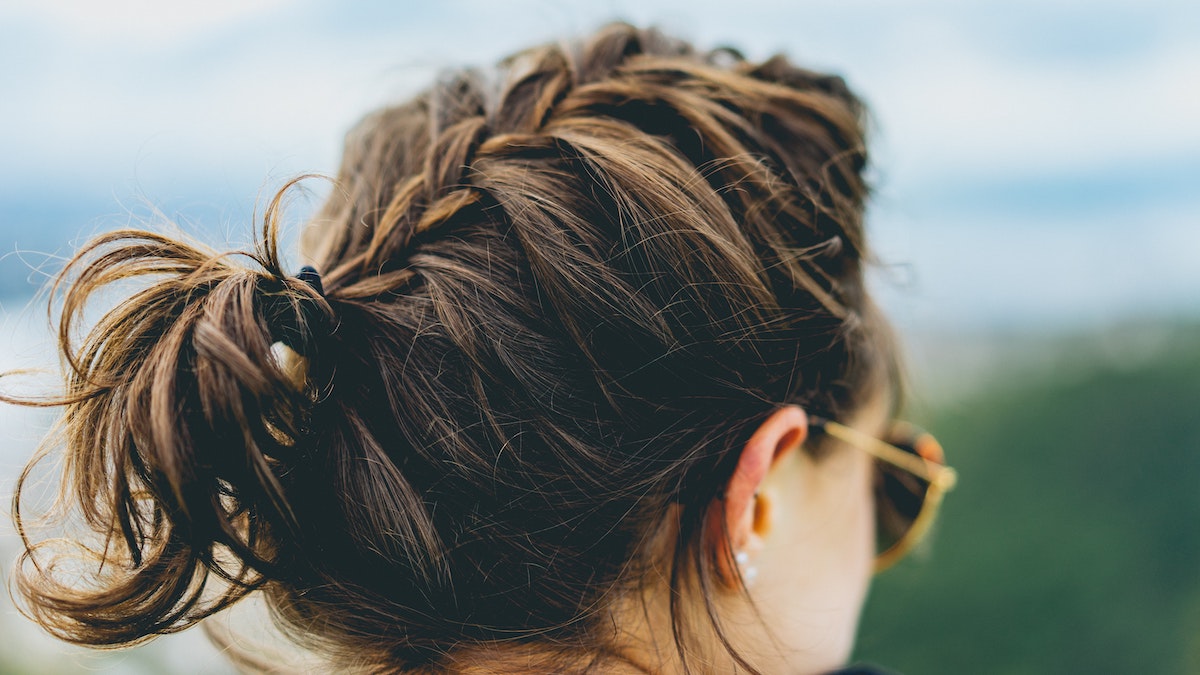Spray paint has been around since the 1890s. Since then, it has become a useful painting tool for those who want a smooth and even coat. There’s a lot to know about spray paint, whether it’s about using spray paint on canvas or on any other surface.
When dealing with spray paint, however, some painters question how efficient it can be when it comes to drying. How long it takes for spray paint to dry generally depends on many factors, so here’s what you need to know about working in this medium.
A Brief Background on Spray Paint
The concept of spray paints existed as early as the 1890s. A decorations director named Joseph Binks wanted to efficiently spray paint a store’s walls white. However, the device he used did not use the pressure and aerosols that all spray paints use today.
The spray paint we know today would not be invented until the late ’40s. In 1927, the aerosol can was invented, but it wasn’t until Edward Seymour added aluminum paint to an aerosol can in 1949 that the spray paint can was born. Although people doubted the lasting power of the spray paint can in the past, it has since become a useful tool for painters, contractors, and others using spray paint for its smooth finish that takes longer with traditional brush painting.
How Do Spray Paints Work?
A spray paint can is filled with two things: a propellant and the paint. These two are kept in a constant state of pressure. However, when you press the spray can valve, you’re changing the pressure of the can. This sudden pressure change makes the propellant rise and expand which, in turn, pushes the paint to the bottom of the can, into the dip tube, and then towards the valve and out of the nozzle.
The paint that’s released is a mixture of both paint and propellant. Propellants have positively charged particles, which means that the paint uniformly repel each other. And because surfaces are negatively charged, the spray paint instantly attaches to the surface even if it’s sprayed onto non-porous materials like metal. And because the positive particles repelled each other while it was still a mist, the result is an even and uniform surface.
How Long Does Spray Paint Take to Dry?
It really depends on a lot of factors, so it can range from an hour to overnight before it can completely dry. These include the surface spray-painted on, the type of spray paint, how thick the spray paint is, the temperature and humidity of the area, and the type of dryness and finish you’re trying to achieve. We’ll tackle each of these factors so you can get a good estimate.
Type of Surface
Earlier, I mentioned how the paint’s positively charged particles easily adhere to negatively charged surfaces. While this is true and one of the reasons why spray paint gives a nice and even coat, in terms of drying, it can vary.
Usually, the smoother the surface, the faster it takes to dry. And the more porous it is, the longer it takes to dry. Concrete, bricks, and metal, for example, are relatively smooth and will take less time to dry.
On the other hand, raw wood is rough and porous, so it will take a while to dry compared to metal. In contrast, processed smooth wood will take longer than metal, but less time than rough raw wood.
Type of Spray Paint

There are various types of spray paint in terms of brand, quality, and finish. Some finishes take much longer to dry than others. The quality of the brand can also affect drying because of the composition of the propellant and paint.
Enamel spray paint, for example, can take as little as half an hour for a dry surface, but 8 to 10 hours for a hard dry. For lower-quality paints, it could take up to 24 hours, especially if you’re working with oil-based paint on canvas or lower-quality enamel paint.
Lacquer spray paint dries much faster, becoming dry to the touch in less than 10 minutes. However, lacquer spray paint has to cure between coats. Depending on the type of finish you’re doing, it can take around three to four hours to completely hard dry.
Epoxy paint dries the fastest on most surfaces. It can dry to the touch within 5 to 10 minutes and then a completely hard dry within an hour. However, it’s usually more expensive than lacquer or enamel paint. You can buy this and other types of spray paint at your local hardware store, paint store, or online.
Spray Paint Thickness
The thicker the paint, the longer it will take. When you press on your spray paint can valve, the farther the nozzle is from the surface, the more the paint particles will repel each other, creating a wider mist. However, while it will coat a larger area of the surface, it will be really thin. In comparison, keeping the nozzle close to the surface will mean a smaller reach.
A thinner coat will dry quicker than a thicker one. This is especially true if you’re spraying on porous material, as the paint has to dry inside and outside, and that could take time.
Environmental Factors
Warmer weather and low humidity are ideal for quick drying. Some people tend to have hairdryers ready when trying to quickly dry spray paint, but if you have the ideal environment, this is not necessary.
In comparison, cold temperatures with high humidity can make it difficult to dry. In this case, you may need a hairdryer or an electric fan to circulate heat and air more efficiently to help dry the paint.
Type of Dryness
How long you wait for spray paint to dry depends on how dry you want the paint to be.
For example, if you want it to simply be dry in the sense that the paint doesn’t transfer from the surface to your finger when you touch it but you still feel it’s a little sticky, this is what’s known as “surface dry.” It’s only slightly dry on the surface, but if it’s a porous material, the inside is still wet. If you press hard enough, some of the paint will transfer to your finger. This usually takes a few minutes even for a thick layer of paint.
The next stage is a “touch dry” type of dryness. The surface is no longer sticky, but if you press on it, the paint is going to break. If you’re using surfaces like cardboard, you might find that the inside of the surface is still slightly soft from the wet paint inside still drying. This can take up to thirty minutes in ideal conditions, though may be much longer for thicker coats of paint.
The third stage is a “hard dry.” The paint is much drier and more difficult to apply pressure on a surface. However, some of the color may transfer if you use more pressure.
The final stage is a “thorough dry.” The paint has completely dried and you can apply pressure without any of the color transfering to your finger.
Presenting Spray Paint Art
Once your spray paint art has dried completely, you can choose to display it in many ways. Spray paint is particularly popular for those working on large surfaces like walls. There’s no need to do anything to present the art since it’s already standing, but if you’re doing a bigger feature and want people to see it, consider installing lights for a better display.
For canvas, it depends on what type of canvas you’re using. If you’re using a stretched canvas, you can simply hang it on an available hook on a wall around your home. You may need to polish the sides of your canvas, especially if it’s dirty from the excess paints.
If you’re using unstretched canvas, it will require framing. You can get this done in specialty stores that offer framing options ranging between $30 to $150, depending on the painting’s size and how complex the framing style you want is. You can also choose to do it yourself at home. You can do it from scratch or purchasing a framing DIY kit in craft stores.




